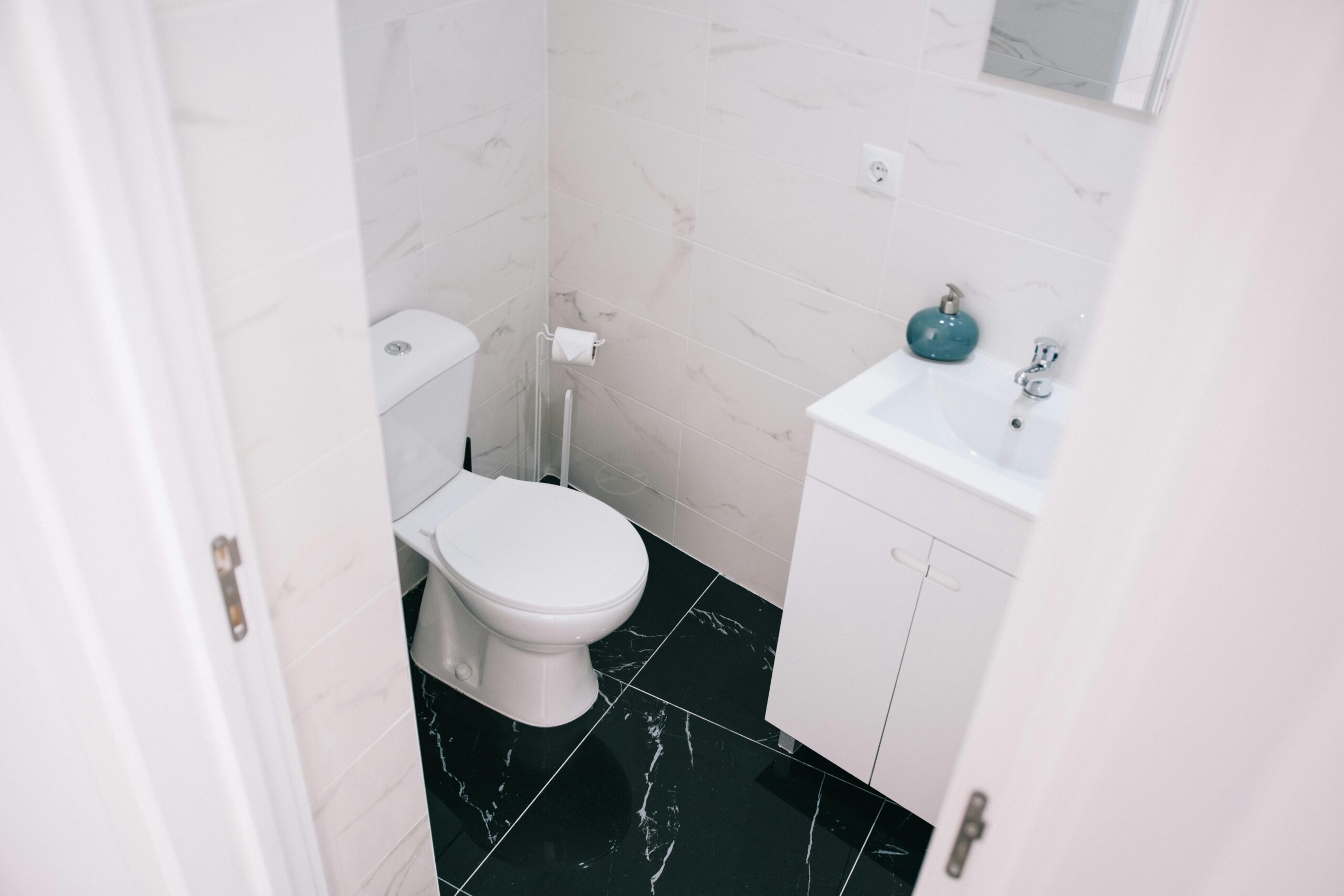Living in a compact home doesn’t mean sacrificing style or functionality. With thoughtful small space design strategies, you can transform even the tiniest dwelling into a comfortable, efficient haven that feels surprisingly spacious. This article explores innovative solutions to maximize your small home through multi-functional furniture, smart storage concepts, visual tricks, and organizational techniques that help you make the most of every square inch. Whether you’re in a studio apartment, tiny house, or simply dealing with cramped rooms, these ideas will help you create a home that lives larger than its footprint.
The Magic of Multifunctional Furniture
The cornerstone of effective compact living solutions is furniture that serves multiple purposes. Investing in pieces that perform double or even triple duty is essential when square footage is limited. Consider a sofa that transforms into a bed for overnight guests, with built-in storage underneath for extra linens. Expandable dining tables that can shrink when not in use offer flexibility for entertaining without consuming valuable floor space permanently. Nesting tables provide additional surfaces when needed but can be tucked away when not in use. Even ottomans can work harder by offering seating, storage, and a place to rest your feet or serve as a coffee table with a decorative tray on top. When shopping for furniture, always ask yourself: “What else can this piece do?” The more functions a single item can perform, the more value it brings to your small home.
Vertical Thinking: Utilizing Wall Space
One of the most underutilized areas in compact homes is vertical space. Looking upward unlocks tremendous potential for clever storage ideas without encroaching on your limited floor area. Install floating shelves above doorways, windows, and furniture to display books, plants, and decorative items. Consider floor-to-ceiling bookcases that draw the eye upward while providing substantial storage. Wall-mounted desks fold away when not in use, and hanging organizers on the backs of doors create homes for everything from shoes to cleaning supplies. In the kitchen, magnetic knife strips and hanging pot racks free up drawer and cabinet space. The walls in your bathroom can accommodate tiered towel bars or ladder shelves. As experts at AskHomey often advise homeowners, thinking vertically is one of the simplest ways to expand your storage options without reducing your living space.
Creating Visual Spaciousness
Maximize small home perception through visual tricks that fool the eye into seeing more space than actually exists. Light colors reflect more light and make walls appear to recede, so consider painting your walls in soft neutrals or cool pastels. Mirrors are perhaps the most powerful tool for creating the illusion of space—position them to reflect light from windows or place them opposite each other to create an endless visual corridor. Choose furniture with legs rather than pieces that sit directly on the floor, as seeing underneath creates a sense of openness. Glass or acrylic furniture allows light to pass through, reducing visual bulk. Keep window treatments minimal or match them to your wall color to create an unbroken visual line. Remove unnecessary doors or replace solid ones with glass versions to improve flow between rooms. These simple visual adjustments can dramatically alter how spacious your compact home feels.
Hidden Storage Opportunities
Uncovering overlooked storage potential is crucial for maintaining order in small spaces. Investigate every nook for compact living solutions—the area under stairs can become drawers, a reading nook, or a mini home office. Choose a platform bed with drawers underneath or use bed risers to create space for storage containers. Hollow ottomans and benches offer invisible storage for items used less frequently. Install toe-kick drawers beneath kitchen cabinets for flat items like baking sheets. Consider replacing traditional nightstands with wall-mounted shelves or floating drawers that don’t require floor space. Even the inside of cabinet doors can hold spice racks, cutting boards, or cleaning supplies. The key is to look at your home with fresh eyes, questioning whether each “dead space” could work harder for your storage needs.
Smart Organization Systems
Even the cleverest storage ideas fail without good organization systems. In small homes, organization isn’t just about tidiness—it’s essential for functionality. Adopt the “one in, one out” rule to prevent accumulation of unnecessary items. Use drawer dividers, baskets, and bins to compartmentalize storage areas and maximize efficiency. Label containers to quickly find what you need. Consider seasonal rotation of clothing, decorative items, and even kitchen gadgets to reduce what needs to be accessible at any given time. Store items where you use them to improve workflow and reduce the need to move around your space unnecessarily. Regular decluttering sessions help ensure your carefully designed small space continues to function optimally. Remember that in compact homes, organization isn’t a one-time project but an ongoing practice that preserves the functionality of your space.
For more tips and to connect with reliable home service professionals, follow AskHomey on Facebook and Instagram.



